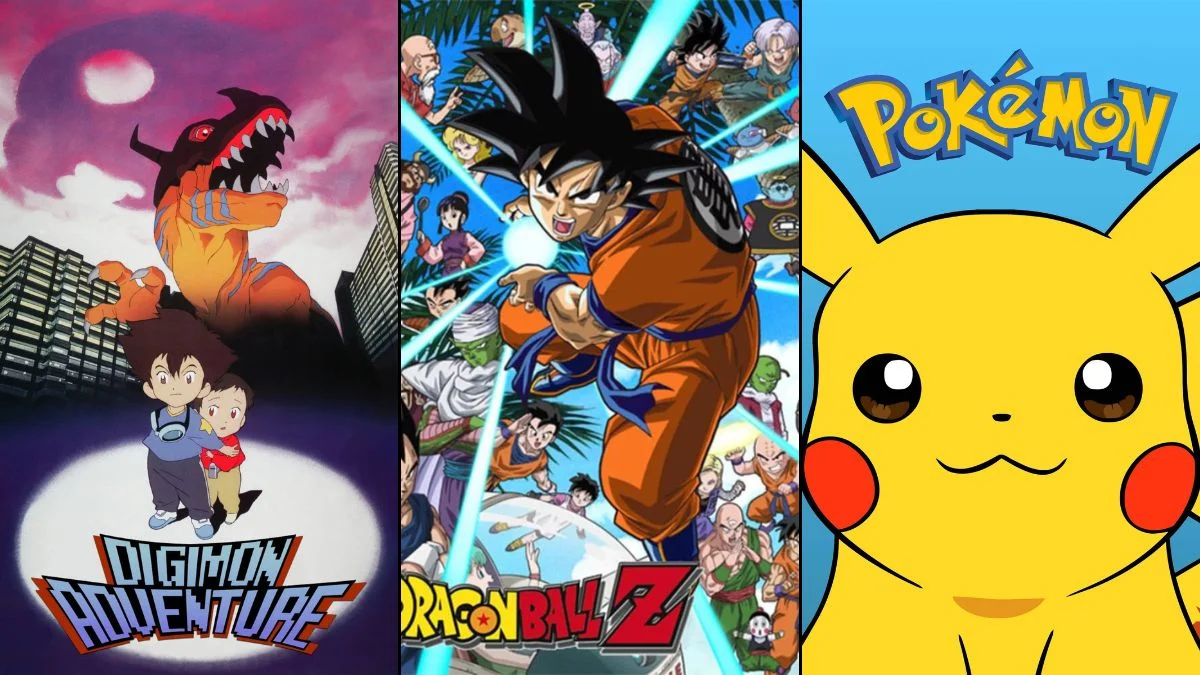
Remember those afternoons filled with cartoons about monsters, magic, and robots? These shows weren’t just entertainment – they created a common culture of trading cards, memorable lines, and trips to the toy store. Below, you’ll find a rundown of each series, including what it was about, different versions of the show, and any related spin-offs. We’ve also included details like how widely it was broadcast, what other franchises it spawned, and what made each show so special. See if your favorites made the list!
‘Pokémon’ (1997–present)

‘Pokémon’ centers around Ash Ketchum and his partner Pikachu as they journey through different lands, battling in tournaments to earn badges. The show is closely connected to the popular Pokémon video games, trading cards, and a wide range of toys. Over the years, it’s spawned several movies and spin-off series, each with new friends and locations. To reach audiences around the world, the show was adapted for different countries, with changes made to the theme song and character names.
‘Dragon Ball Z’ (1989–1996)

Dragon Ball Z follows Goku and his friends, the Z Fighters, as they protect Earth from incredibly strong enemies. The series is famous for its long, epic battles and characters’ ability to transform into more powerful versions of themselves. The story is divided into distinct sagas, like the Saiyan, Frieza, Cell, and Buu arcs. Thanks to television broadcasts and home video releases, Dragon Ball Z became a staple of action-packed programming and significantly influenced how anime was dubbed in English.
‘Sailor Moon’ (1992–1997)
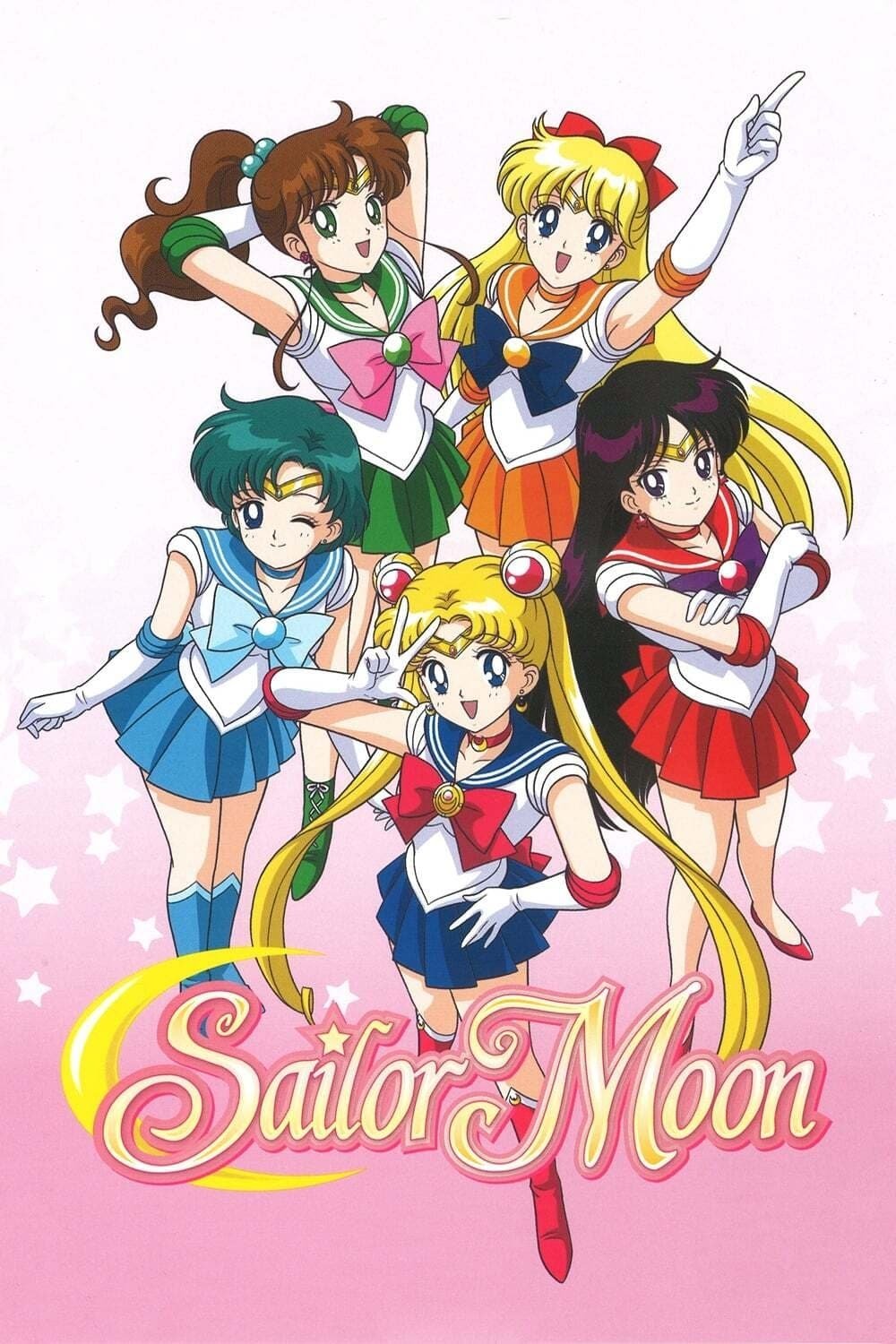
‘Sailor Moon’ follows Usagi Tsukino as she discovers her destiny as a magical warrior tasked with battling evil. The series introduced a team dynamic with new guardians, each possessing unique powers and tools. It became famous for its elaborate transformation scenes and a recurring pattern of facing a different monster each week, which helped sell a lot of related merchandise. When shown in other countries, the series was often changed to fit local cultural norms, sometimes altering character relationships and storylines.
‘Naruto’ (2002–2007)

‘Naruto’ tells the story of a young ninja who dreams of becoming his village’s leader, despite harboring a powerful sealed creature inside him. The series is structured around the ninja’s adventures – from individual missions and challenging exams to large-scale wars between different ninja villages. Ninja abilities are performed using specific hand gestures and a power system called chakra. The world of ‘Naruto’ has expanded beyond the original series into sequels, movies, books, and video games, all featuring a variety of playable ninja characters.
‘Yu-Gi-Oh! Duel Monsters’ (2000–2004)
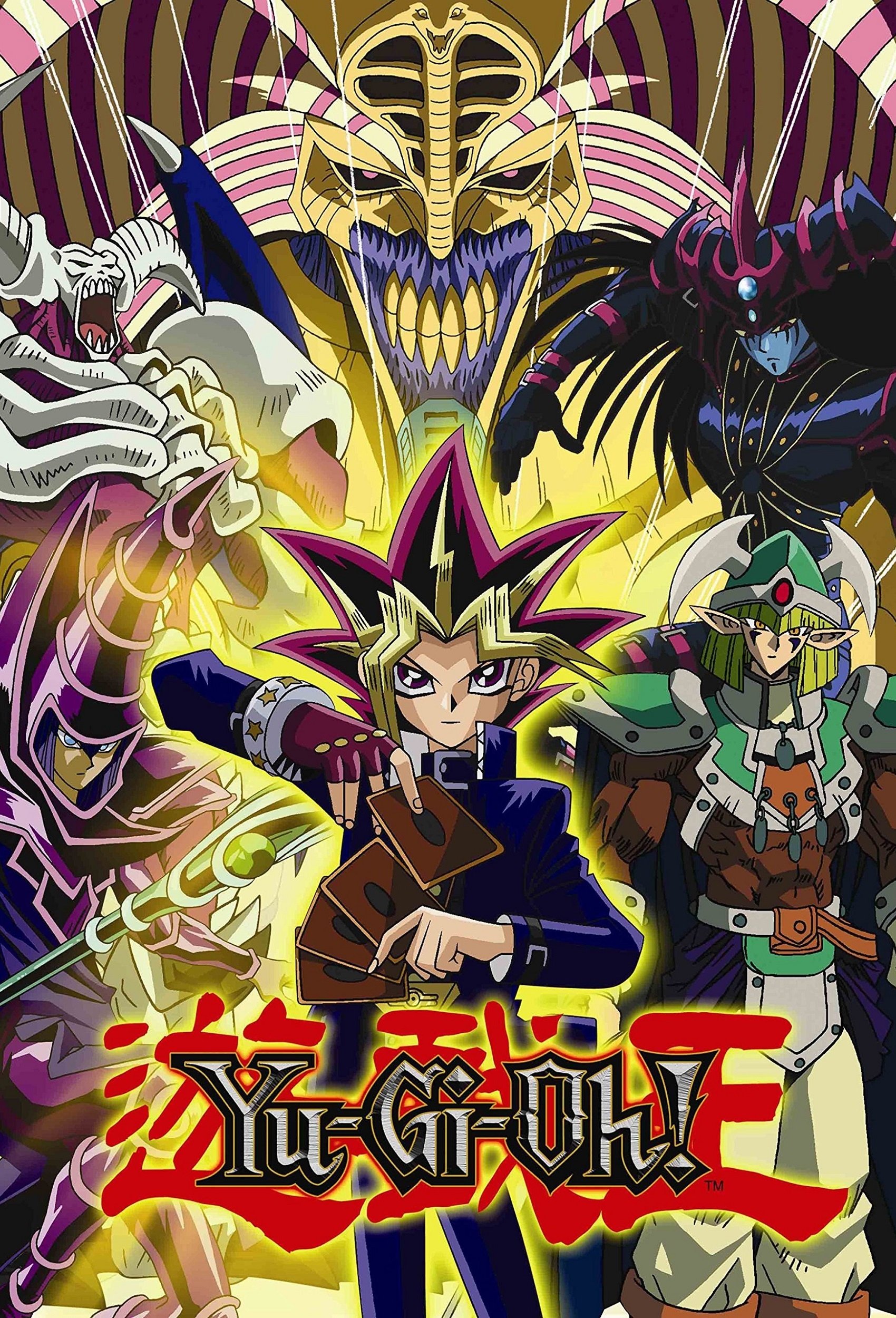
‘Yu-Gi-Oh!’ centers on Yugi Muto, who unlocks an ancient puzzle and battles others using a collectible card game. The show’s episodes feature card duels that follow established rules and reflect actual player strategies. It significantly boosted the popularity of competitive card playing and the release of new card packs. Later versions of the show and game introduced innovative summoning techniques, keeping the gameplay fresh and exciting.
‘Digimon Adventure’ (1999–2000)
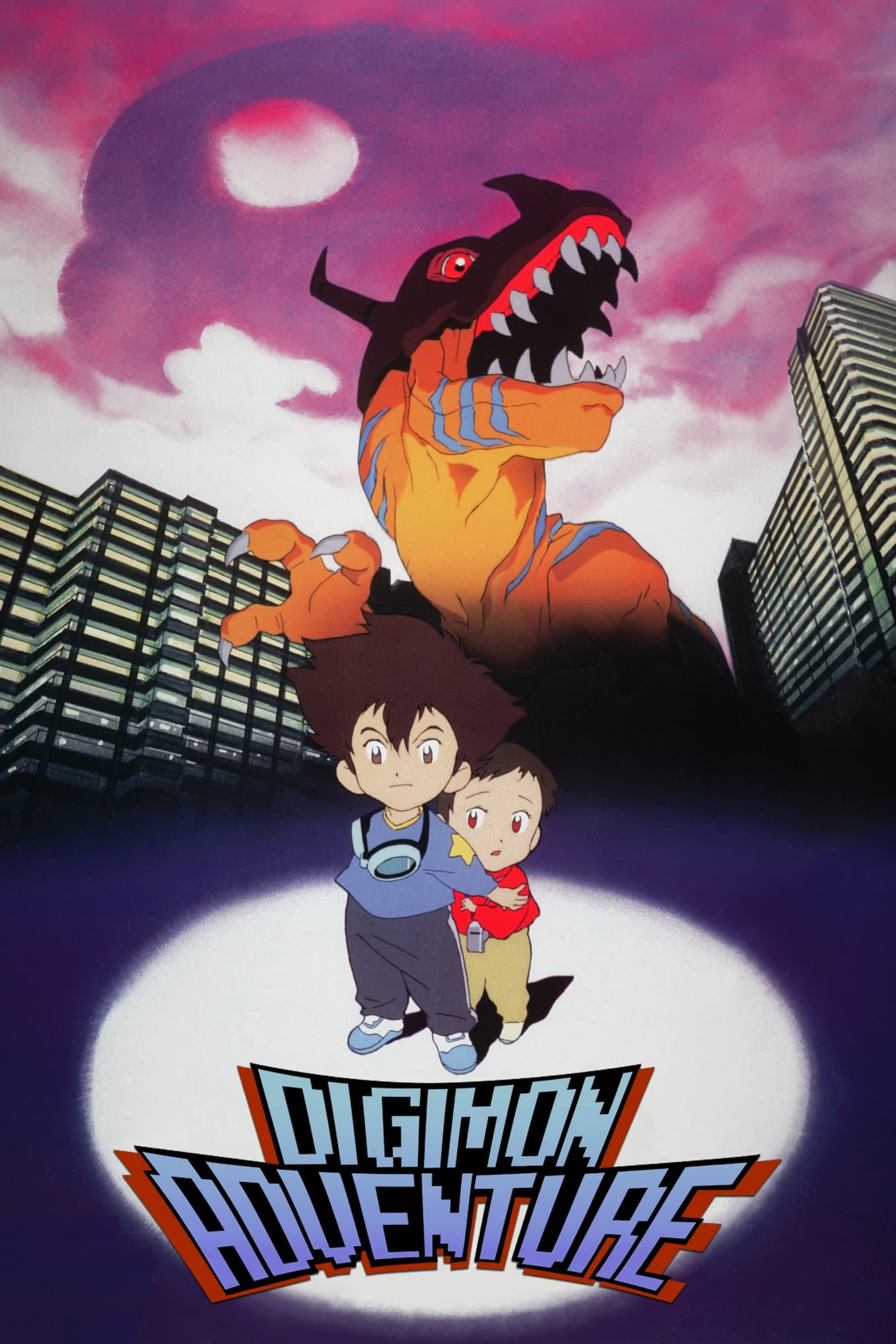
Digimon Adventure follows a group of kids who find themselves in a digital world, each paired with a monster that can evolve and become stronger during battles. The story jumps between this digital world and our own, as dangers emerge in both places. The children’s personal strengths and qualities unlock special powers and help their Digimon evolve. Over time, the Digimon franchise has introduced new seasons with fresh characters and slightly different rules for how the digital world works.
‘Beyblade’ (2001–2003)
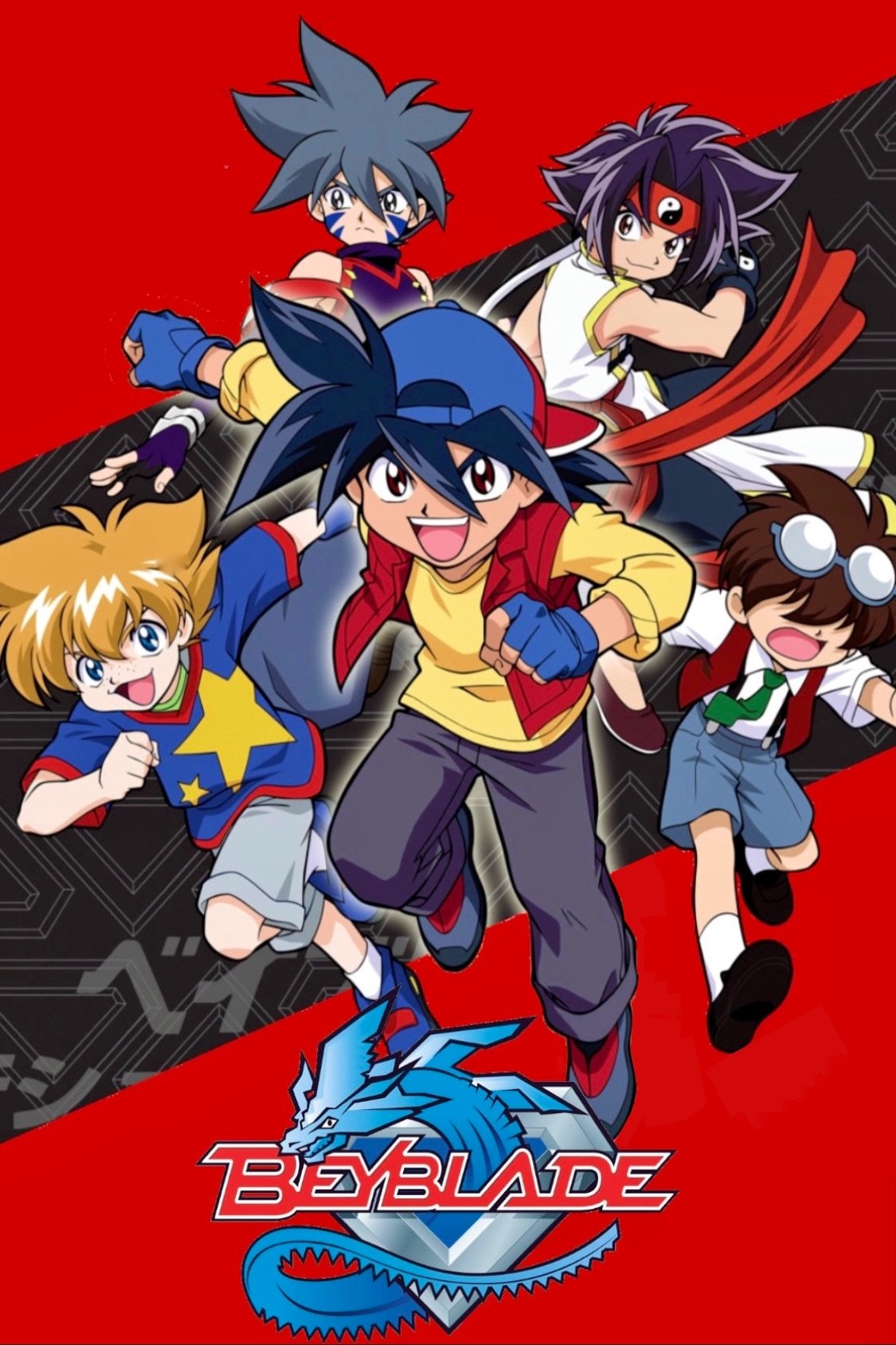
Beyblade centers around competitions where spinning tops, each with a unique spirit, battle it out in an arena. The show highlights how to launch the tops and customize their parts – features that are reflected in the toys sold in stores. The story follows players as they compete in tournaments, starting locally and eventually moving to national and global levels. This format extended beyond the screen, inspiring live events and encouraging kids to play with their own Beyblades, using official stadiums and add-on kits.
‘One Piece’ (1999–present)
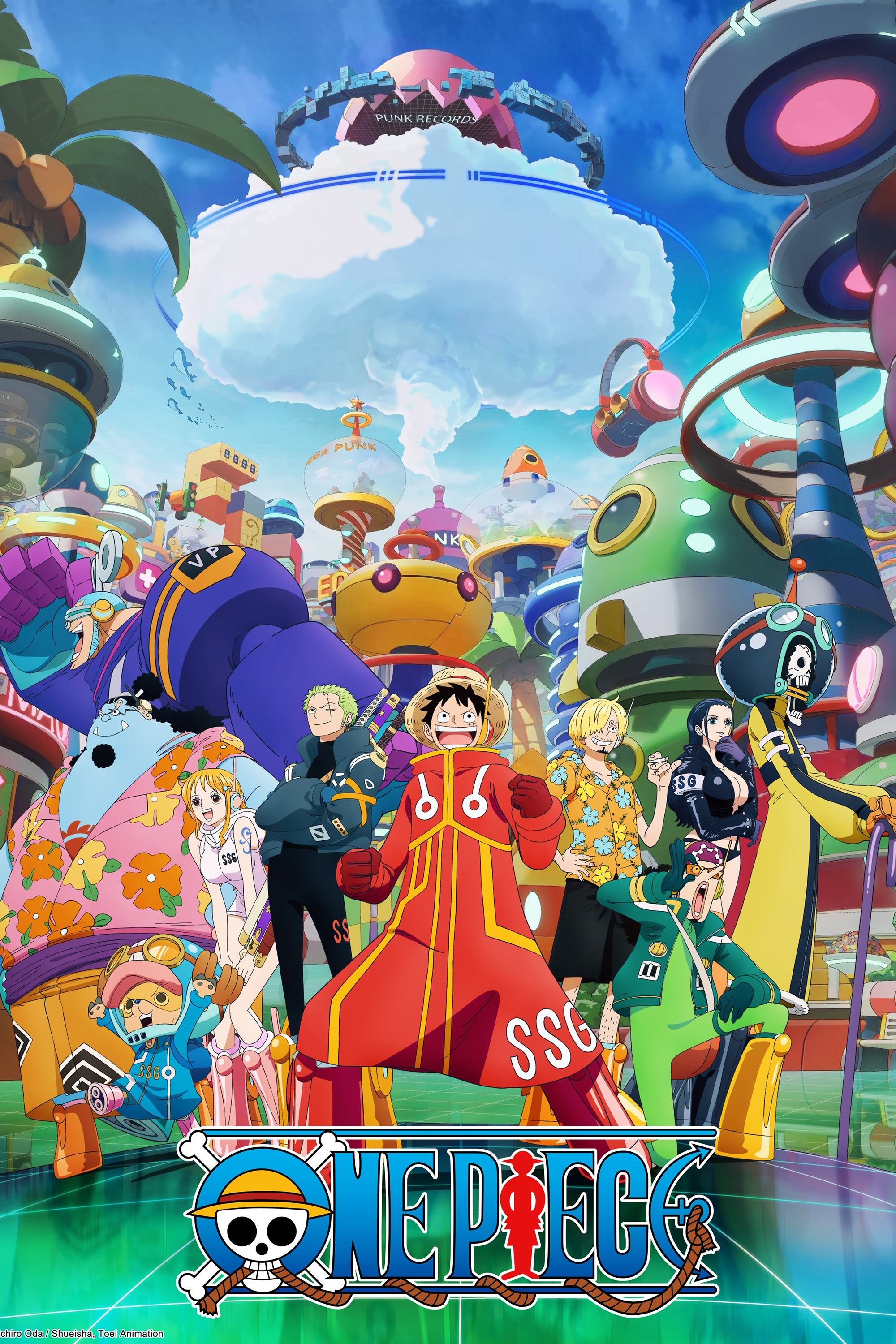
‘One Piece’ tells the story of Monkey D. Luffy and his pirate crew as they journey across a series of islands in search of a famous treasure. Characters gain unique powers by eating special fruits, but these powers always come with a weakness. The story unfolds over a long period, with new crew members joining and the characters’ reputations – and rewards for their capture – growing over time. There are also movies, video games, and special episodes that expand on the main adventure with additional stories.
‘Cardcaptor Sakura’ (1998–2000)
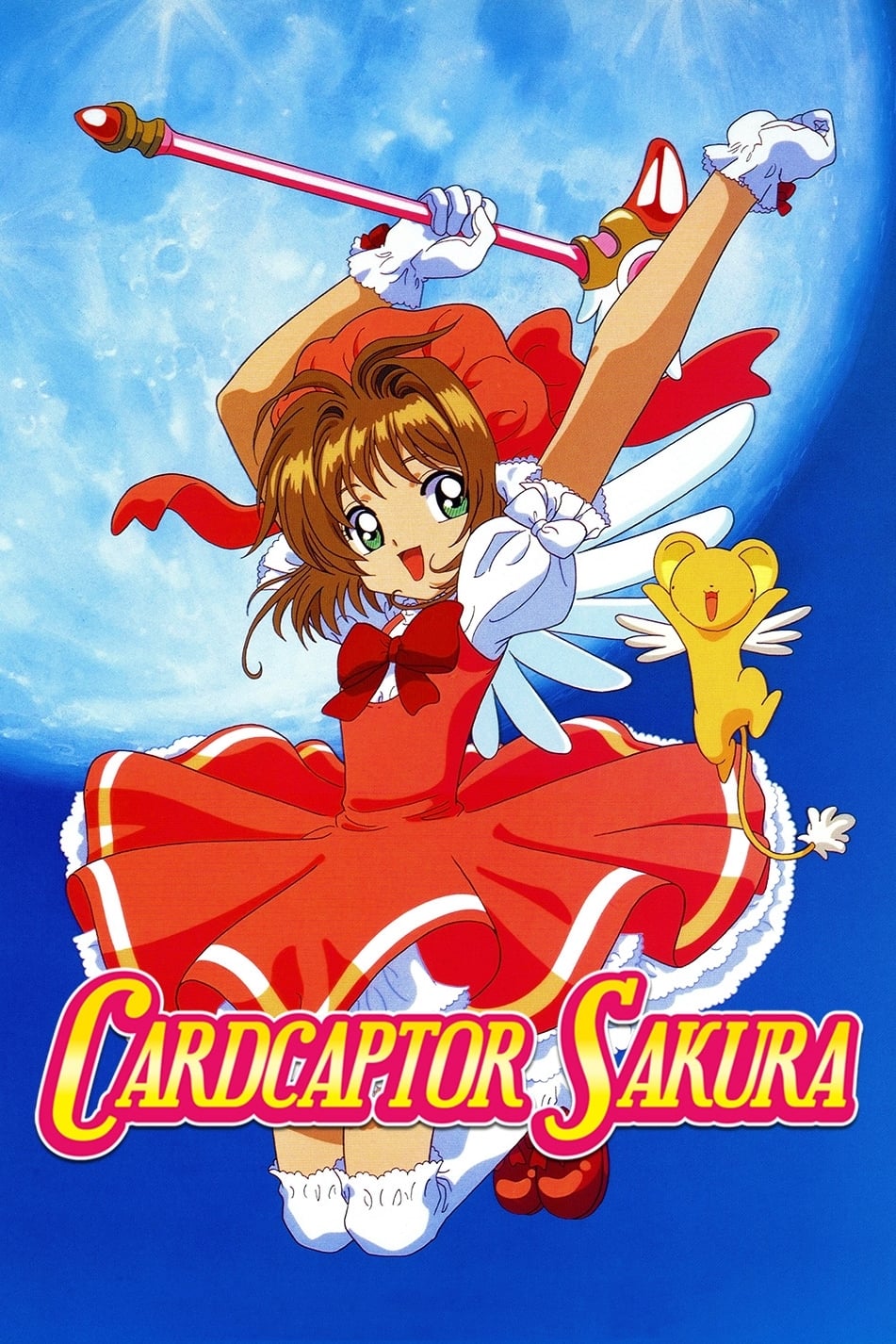
‘Cardcaptor Sakura’ tells the story of a student who accidentally unleashes a set of magical cards and must recapture them all with the help of a special staff and various costumes. Each card has its own unique power, which determines how she needs to capture it. The show combines everyday school life with exciting, self-contained adventures, and builds towards bigger story arcs throughout the seasons. Different versions of the show released internationally were sometimes changed to better suit local viewers, with adjustments to episodes and character details.
‘Inuyasha’ (2000–2004)

‘Inuyasha’ follows a modern girl who is transported back in time and joins forces with a half-demon to collect pieces of a powerful, shattered jewel. The story unfolds through a series of adventures where they repeatedly meet friends and enemies. Each episode blends Japanese folklore with magical items that grant special abilities. The series has expanded to include films, a full sequel season, and a continuation focusing on the next generation.
‘Fullmetal Alchemist’ (2003–2004)
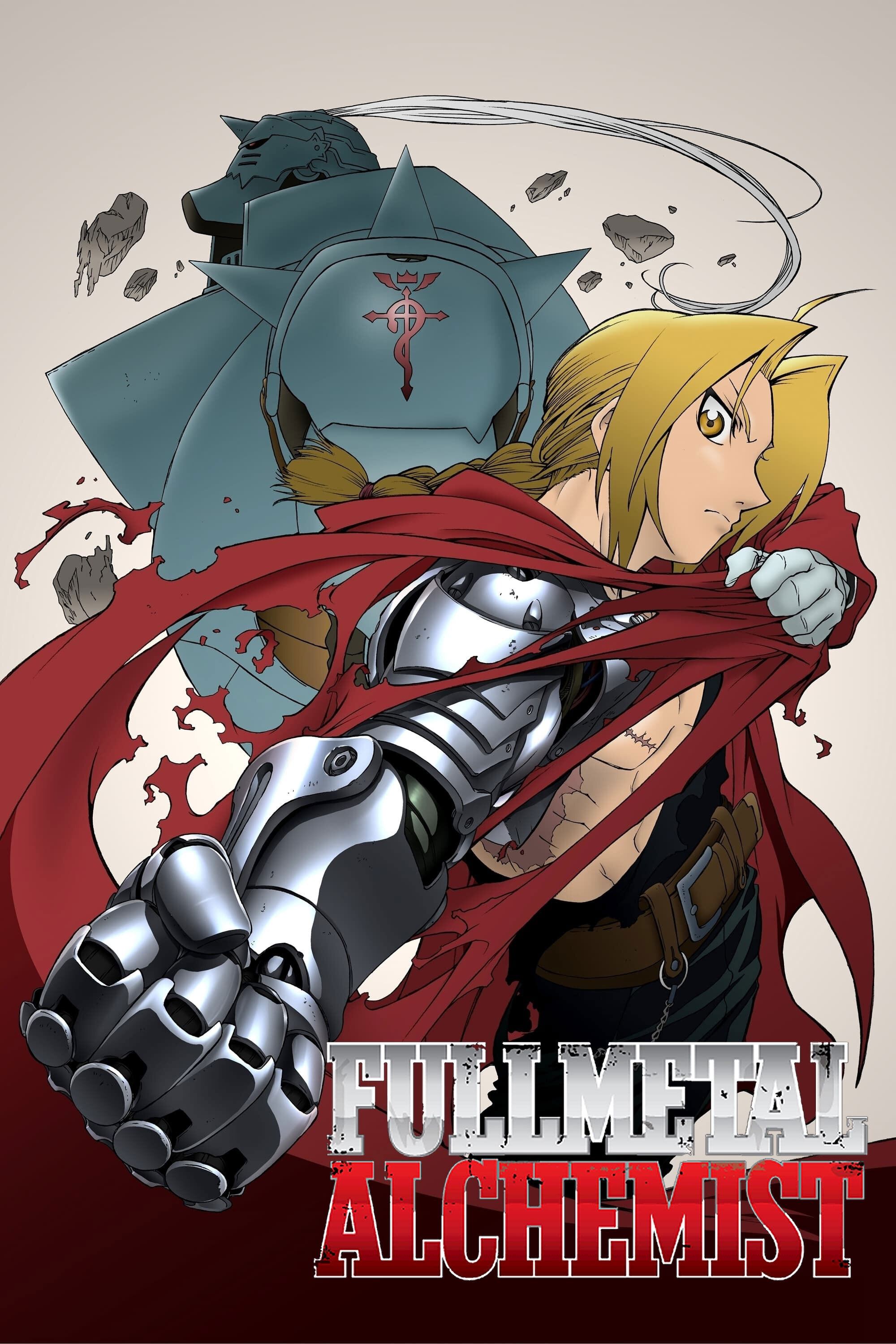
‘Fullmetal Alchemist’ tells the story of two brothers who use the ancient science of alchemy, bound by firm rules, in their quest to regain their bodies. The series delves into a world of government-employed alchemists, artificial beings called homunculi, and a powerful military government. Alchemy in this world works on the principle of ‘equivalent exchange’ – everything has a cost. The story was later re-adapted to fully reflect the original manga’s complete storyline.
‘Neon Genesis Evangelion’ (1995–1996)
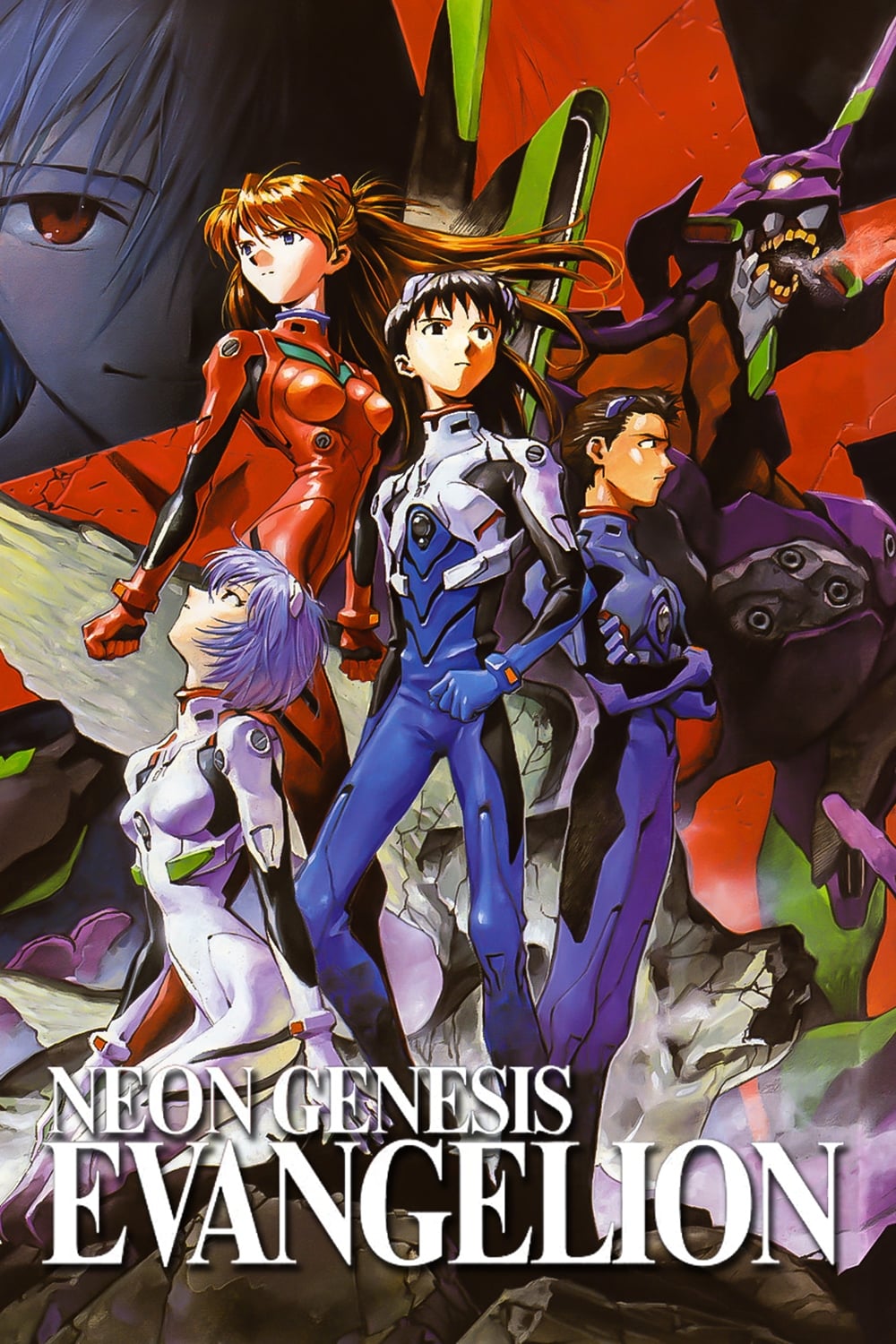
Okay, so ‘Neon Genesis Evangelion’ is one of those shows that totally blew my mind. It’s about these teenagers who are piloting these giant robots – seriously cool designs – to fight these mysterious, otherworldly creatures. But it’s way more than just robots beating up monsters. There’s this whole secret organization pulling the strings, with all these coded operations and stuff going on behind the scenes. What really got me were the cockpits – so unique! – and the way they measured how well the pilots were connected to the robots. And the craziest part? They didn’t just leave it at the original series. They released a bunch of movies that basically retold the story, adding new scenes and even changing the ending. It’s a complex ride, but totally worth it if you’re into that kind of thing.
‘Doraemon’ (1979–2005)
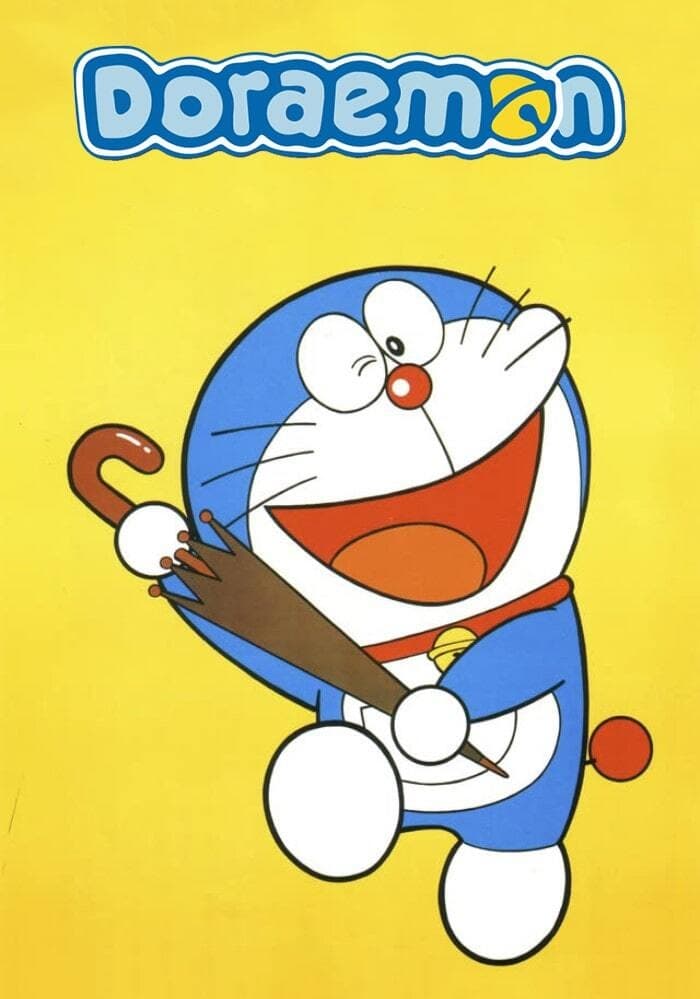
‘Doraemon’ is about a robotic cat from the future who uses amazing gadgets to help a young boy navigate daily life. Each episode tells a self-contained story, often using these gadgets to teach valuable lessons. The show is known for its consistent look and familiar setting, and it has released yearly movies and special episodes that explore scientific concepts.
‘Astro Boy’ (1963–1966)
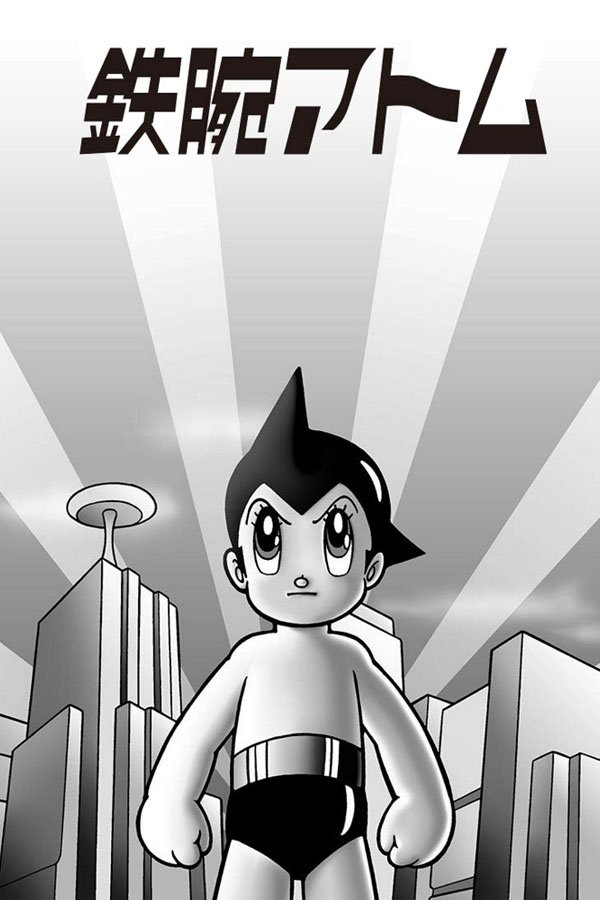
‘Astro Boy’ tells the story of a powerful robot child who explores what it means to be human and the moral challenges of new technology. The show was groundbreaking for its animation style, setting the stage for many animated series that followed. It used familiar characters – scientists, robots – and consistent settings, creating a recognizable format. Thanks to early dubbing, ‘Astro Boy’ became popular with viewers around the world, even outside of Japan.
‘Yu Yu Hakusho’ (1992–1994)
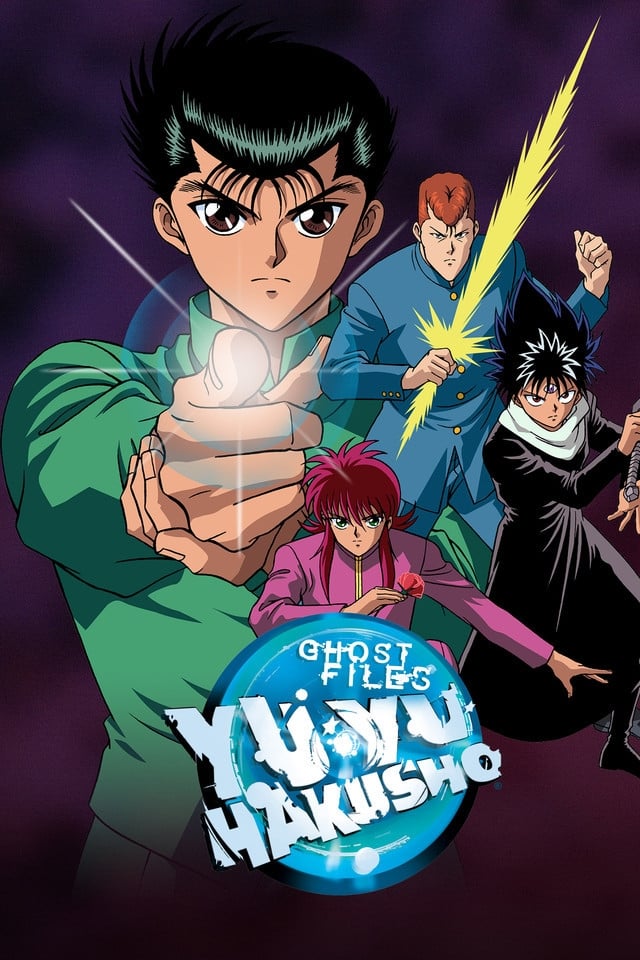
‘Yu Yu Hakusho’ centers around a teen who gains the ability to investigate the spirit world. He participates in tournaments and undertakes missions battling various supernatural enemies. Fights involve special energy attacks with specific names, and are organized using bracket-style competitions and arenas. Characters often team up, each with their own unique skills, to fight together. The series progresses from individual cases to a massive, world-threatening conflict.
‘Ranma ½’ (1989–1992)
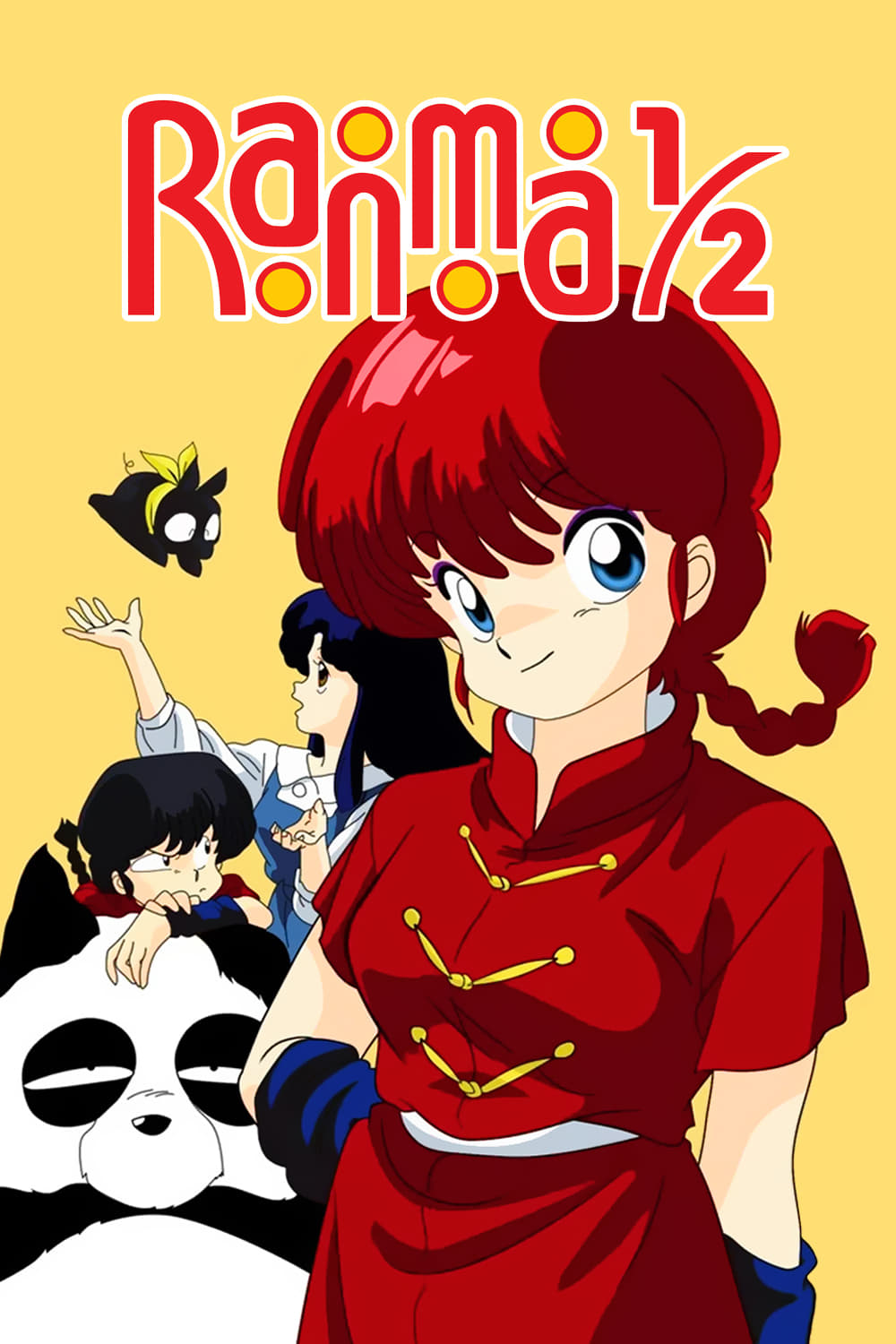
‘Ranma ½’ is about martial artists with a unique problem: they transform into different forms when splashed with cold or hot water. The series follows their everyday lives at school, their training, and their competitive battles. It uses martial arts moves and positions for both comedic effect and intense fights, and has been expanded with extra stories in animated videos and films.
‘Slam Dunk’ (1993–1996)
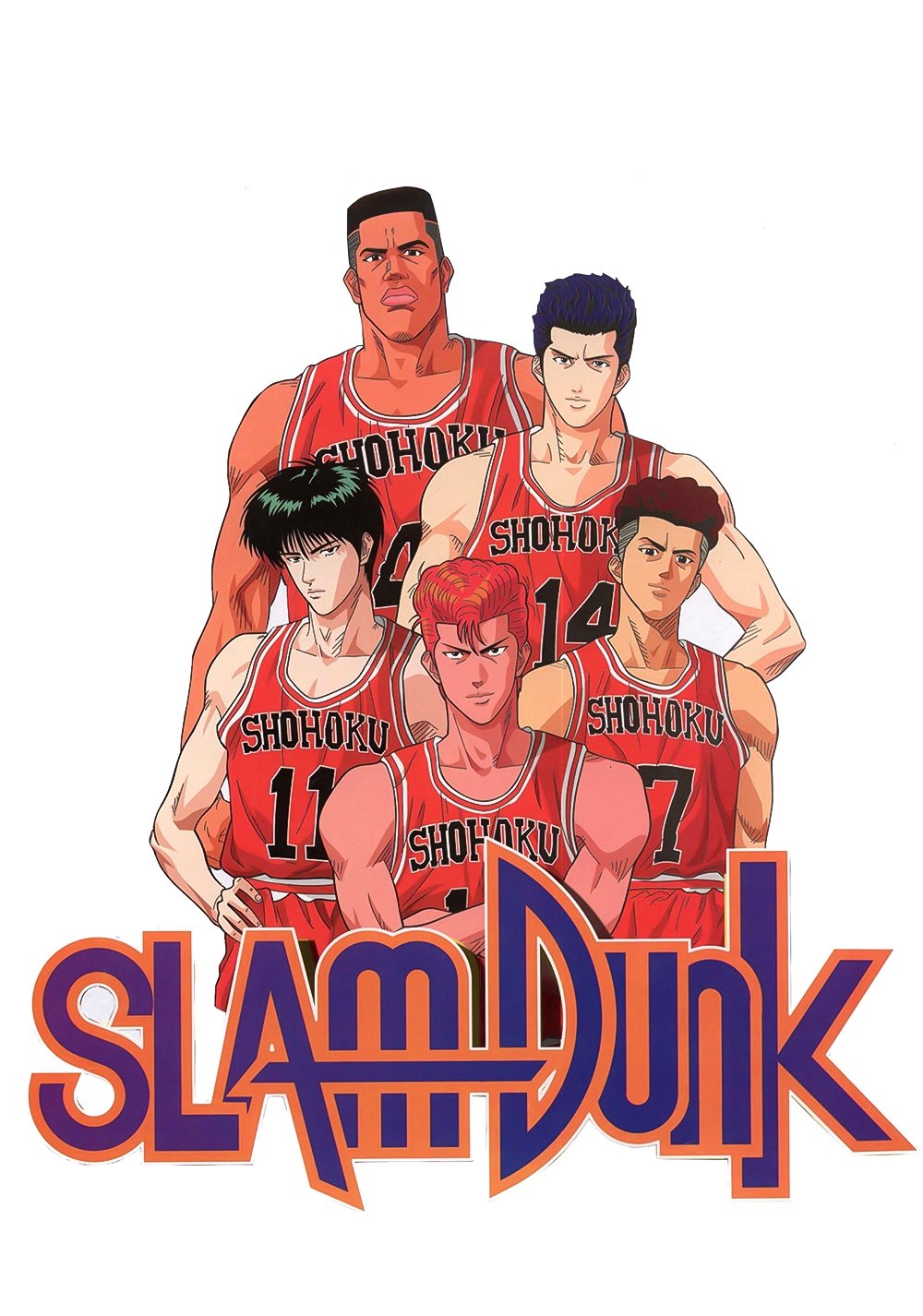
‘Slam Dunk’ follows a high school basketball team’s journey through regional competitions. Each game is shown in detail, breaking down plays and highlighting coaching decisions. The series also features training scenes that explain basketball basics and different player roles. Both the manga and anime versions of ‘Slam Dunk’ helped popularize the sport and led to a lot of team-related merchandise.
‘Hamtaro’ (2000–2006)
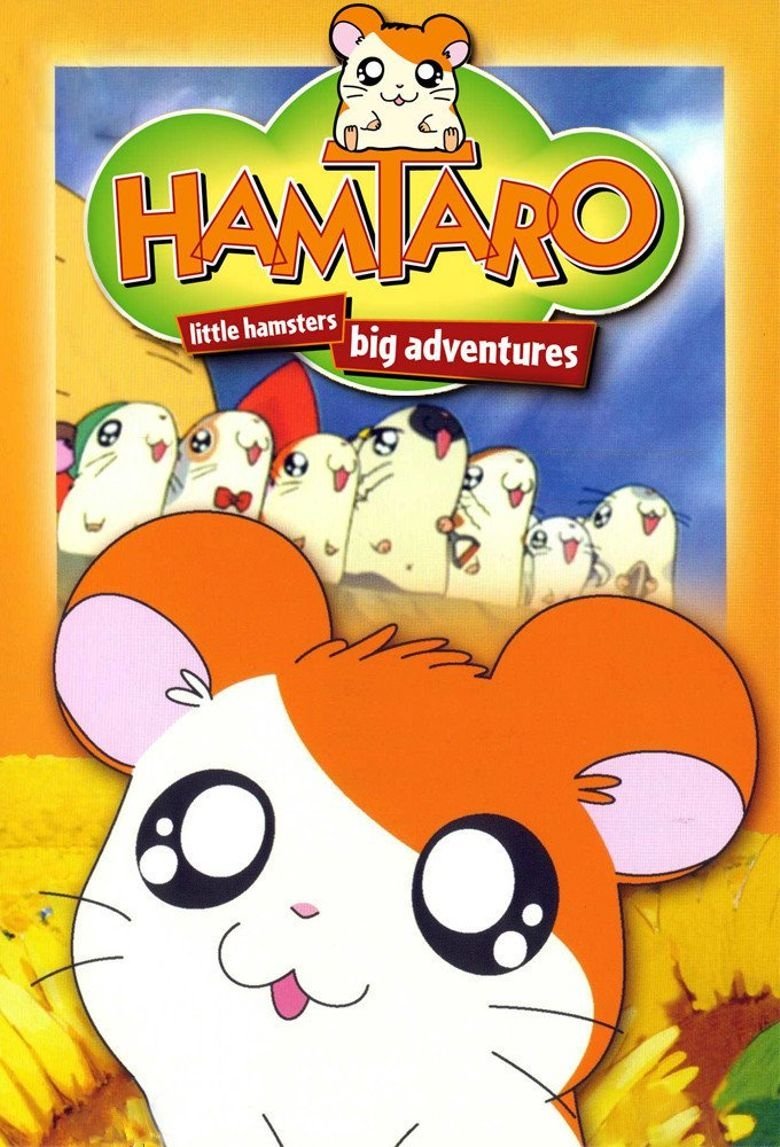
‘Hamtaro’ is a show about a hamster and his friends who go on little adventures around their neighborhood and try to help their owners. Each episode focuses on small, fun activities like joining clubs, making crafts, and attending events. The show is well-known for how each character talks and the cute nicknames they use. There were also toys made to look like the places featured in the show, letting kids recreate their favorite scenes.
‘Shin Chan’ (1992–present)
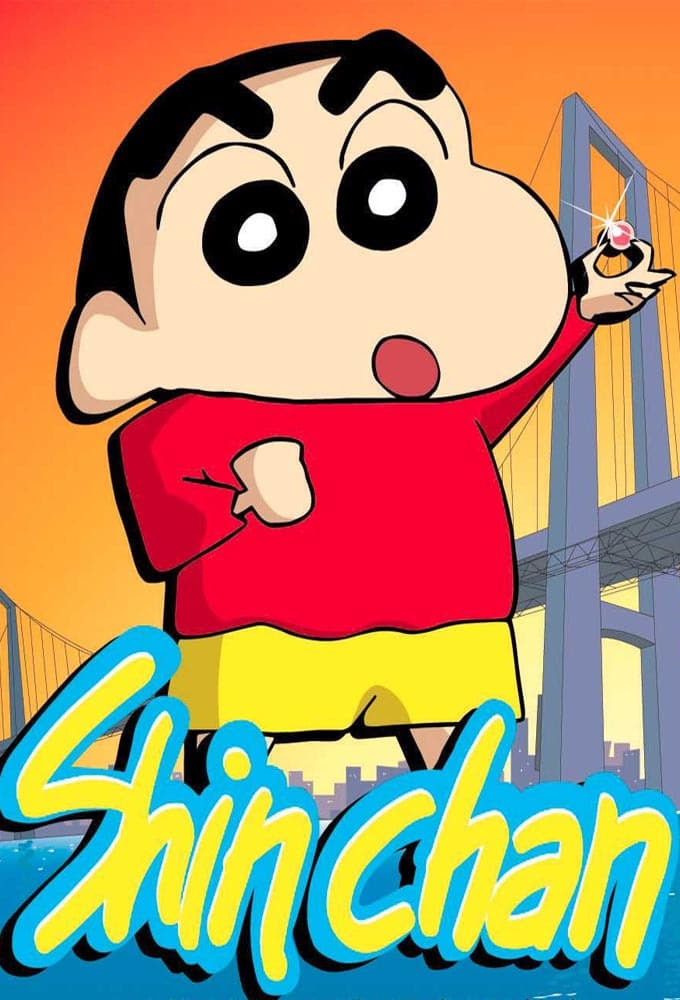
‘Shin Chan’ is a funny show about the daily life of a young boy in kindergarten. Each episode is made up of short scenes featuring his family, friends at school, and neighbors. The show is still being made today, with both TV episodes and movies released regularly. Depending on where you watch it, some jokes and voices might be different to suit local audiences.
‘Shaman King’ (2001–2002)
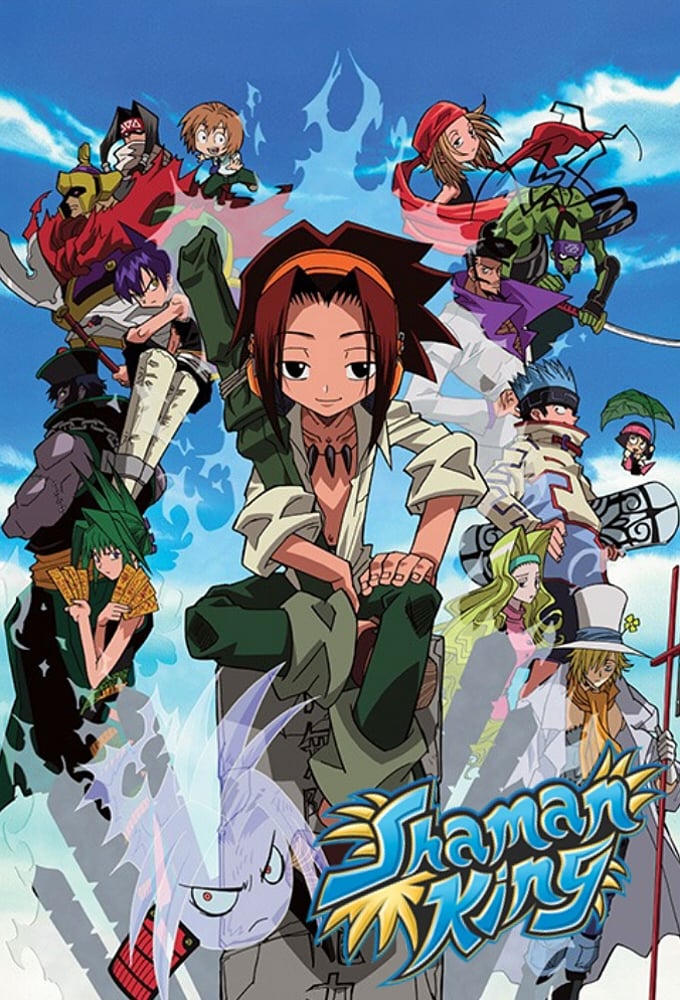
Okay, so ‘Shaman King’ is seriously cool. It’s about these people called mediums who team up with spirits, and they all battle it out in this huge tournament to become the top shaman. What’s really neat is how they fight – it’s not just them, but a blend of their power and the spirit’s, using these awesome techniques called ‘oversoul’. There are different groups all vying for power, collecting ancient relics, and constantly training to level up and unlock even stronger forms. And the best part? They finally adapted the whole manga, so you get the complete story this time around!
‘Sonic X’ (2003–2004)
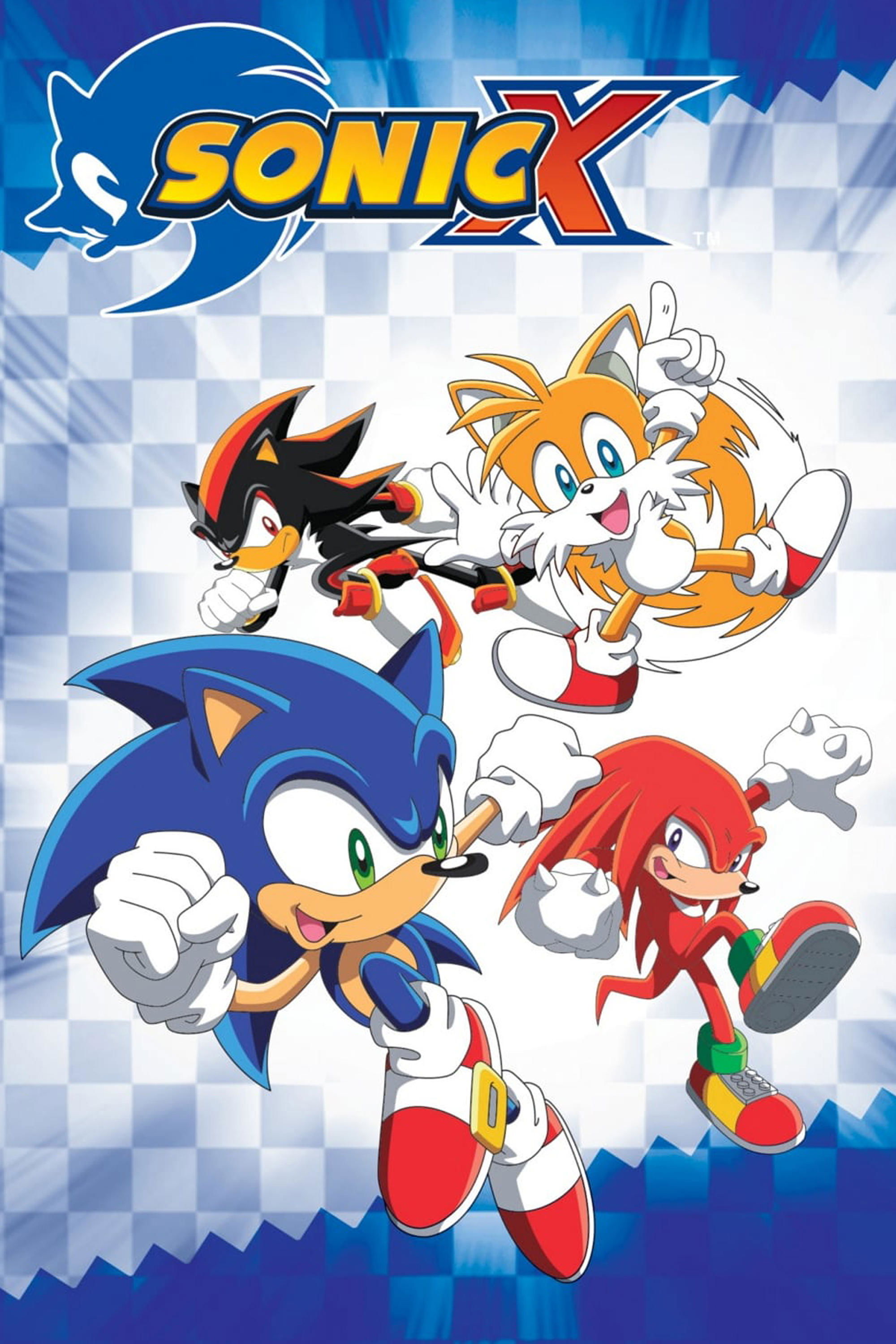
Sonic X reimagines the popular video game characters in a real-world setting. The series follows them as they search for emeralds and battle familiar enemies. Each episode is based on iconic levels and vehicles from the games. Along with the heroic characters, a human friend helps connect their world to ours. Different television networks showed the episodes in varying orders depending on the region.
‘Detective Conan’ (1996–present)
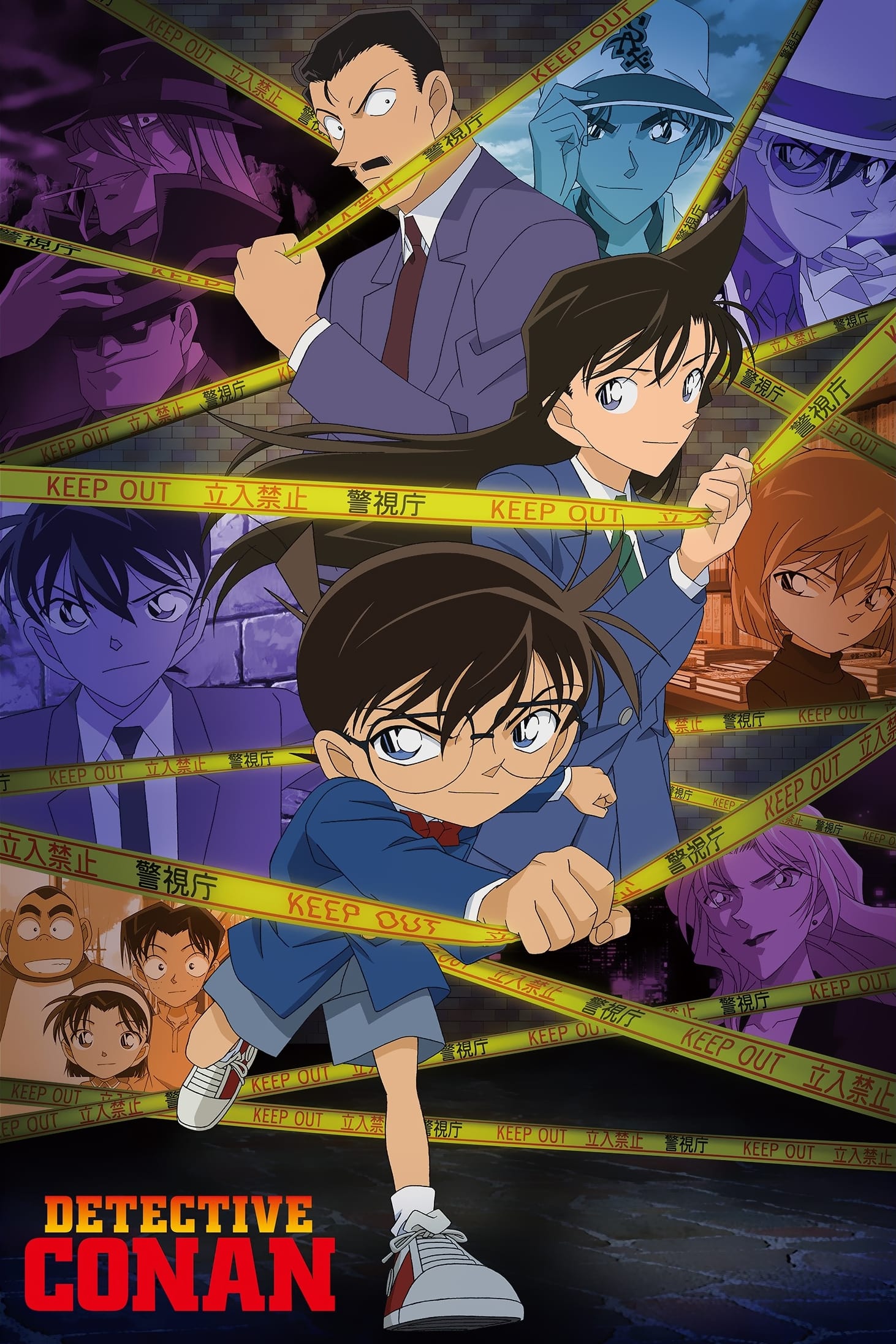
Detective Conan, also known as Case Closed, centers around a teenage detective who is mysteriously turned into a child. He continues to solve crimes while keeping his true identity a secret. The cases often involve complex puzzles like locked rooms, solid alibis, and clever gadgets. The series includes ongoing storylines with recurring groups and has released many films and special episodes over the years.
‘Medabots’ (1999–2000)
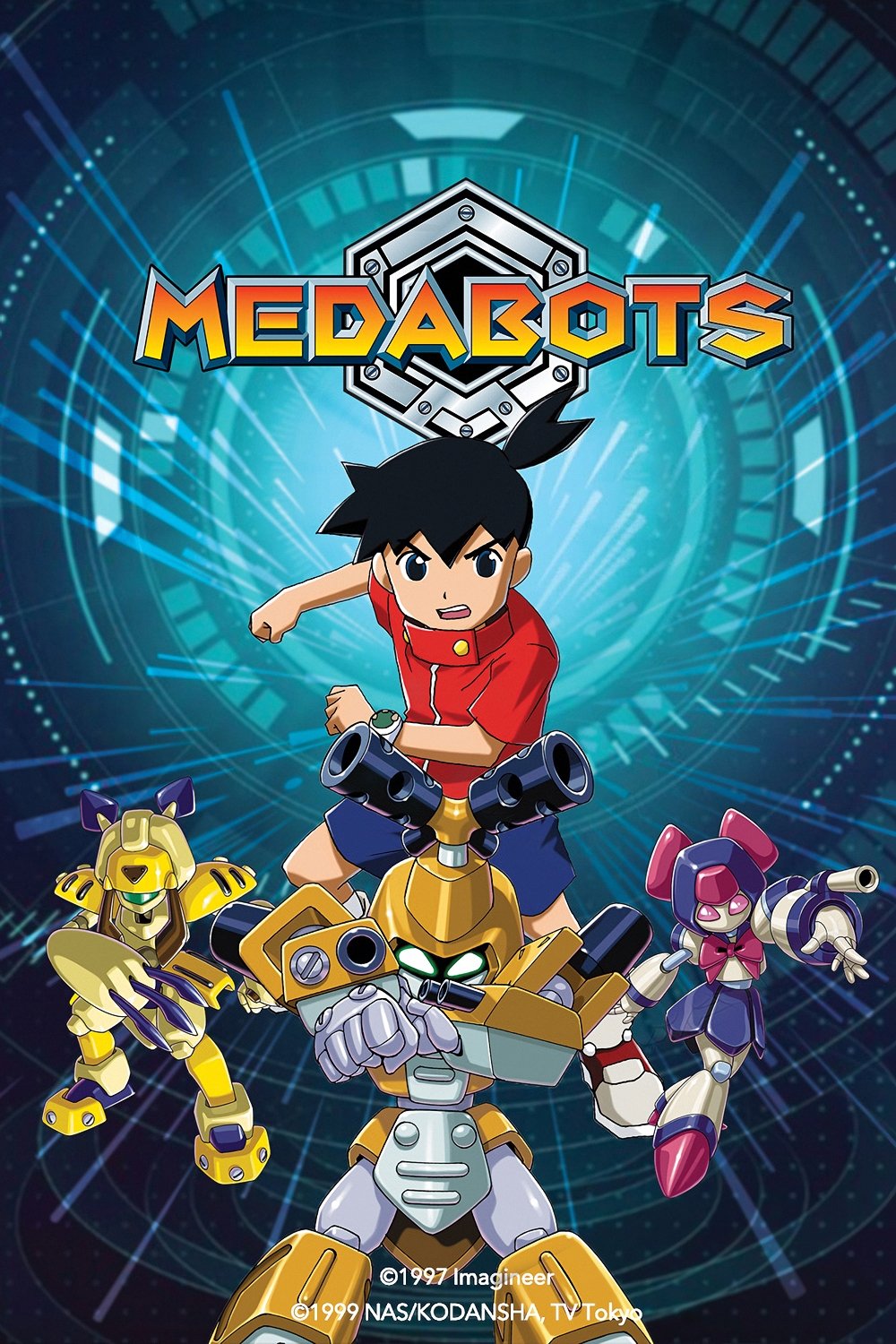
Medabots is about robots that kids can customize with different parts and special ‘medal cores’ to battle each other. The show focuses on both official robot competitions and casual fights, complete with referees and rules. The Medabots world extends beyond the TV show with collectible model kits and handheld games that feature designs seen on screen, encouraging collecting and upgrading.
‘Monster Farm’ (1999–2001)
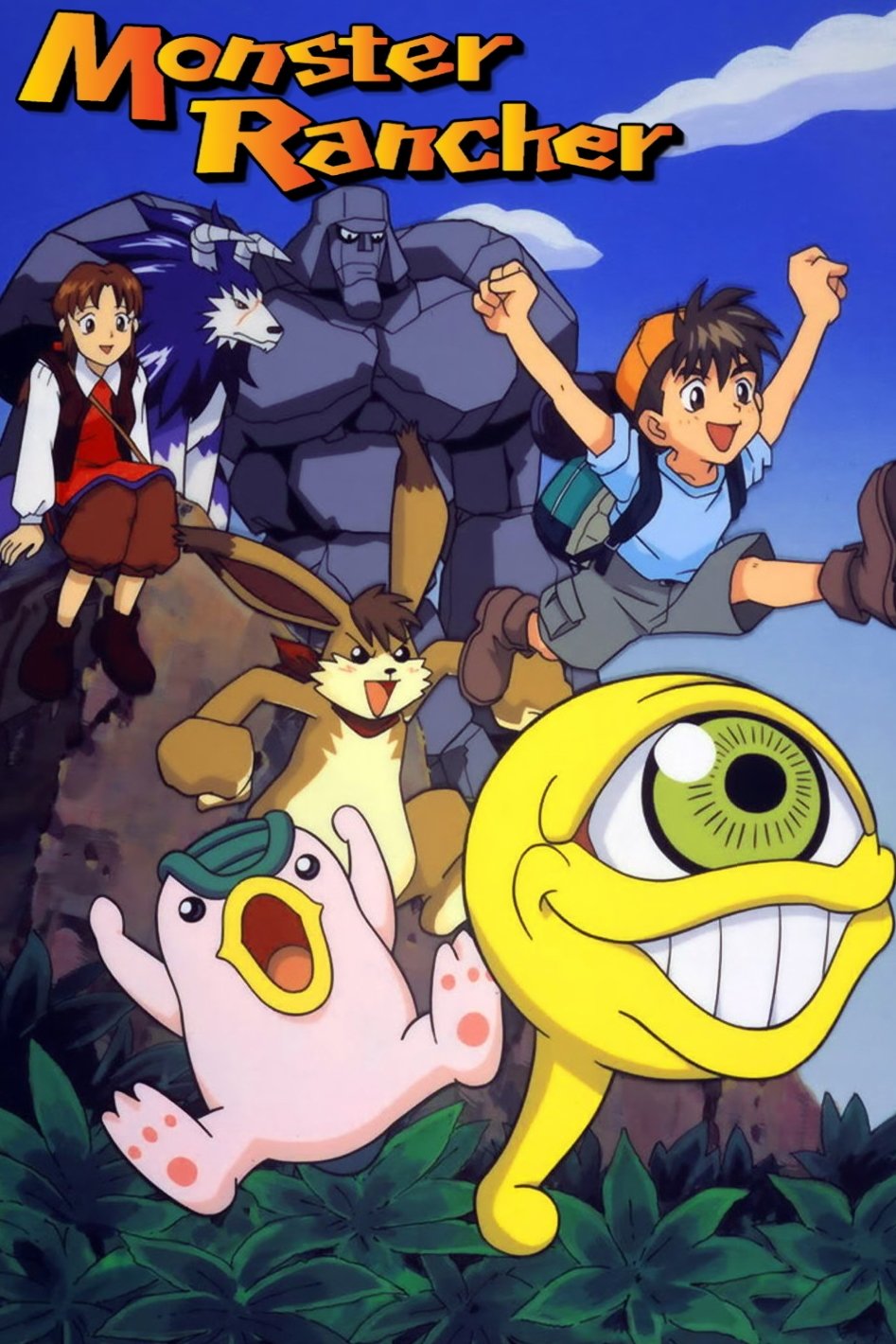
‘Monster Farm’ is about kids who discover a world where collectible discs bring creatures to life. They can train these creatures and even combine them to become stronger. The story centers around completing quests to find rare items and ultimately defeat a powerful, old enemy. The show is inspired by video game elements like creature breeding and competitive tournaments, and it gained a wider audience through later releases and re-airings.
‘Bakugan Battle Brawlers’ (2007–2011)
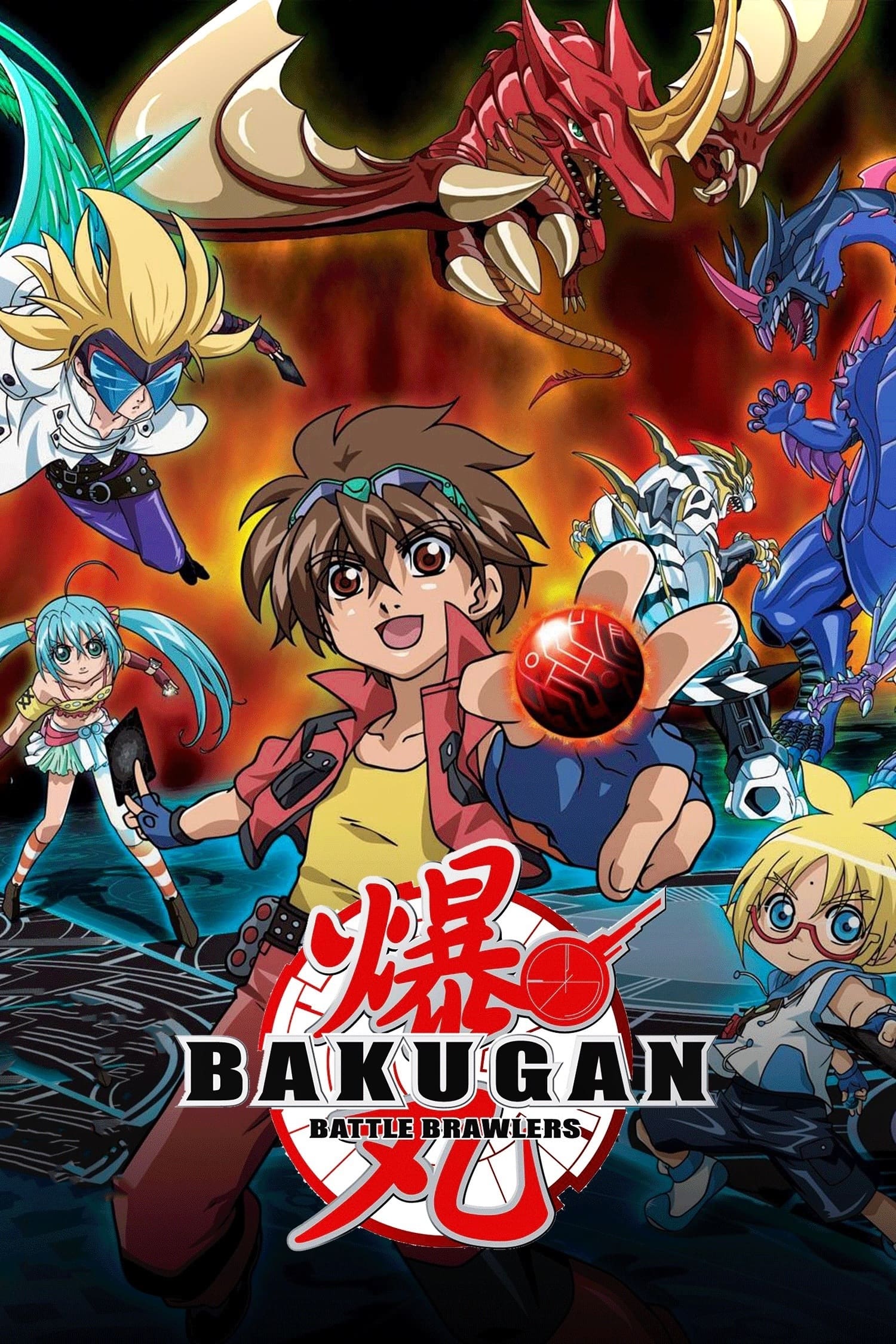
‘Bakugan Battle Brawlers’ features collectible spheres that burst open to become powerful creatures when battling on special magnetic cards. The gameplay you see on screen matches the rules of the toys sold in stores. Players collect teams of Bakugan, each with different abilities based on their type, and compete against each other. The franchise grew beyond the initial toys to include sequels, video games, and in-store tournaments.
Share which shows shaped your own early watchlist in the comments so we can compare memories.
Read More
- Bitcoin’s Ballet: Will the Bull Pirouette or Stumble? 💃🐂
- Dogecoin’s Big Yawn: Musk’s X Money Launch Leaves Market Unimpressed 🐕💸
- Can the Stock Market Defy Logic and Achieve a Third Consecutive 20% Gain?
- Deepfake Drama Alert: Crypto’s New Nemesis Is Your AI Twin! 🧠💸
- LINK’s Tumble: A Tale of Woe, Wraiths, and Wrapped Assets 🌉💸
- XRP’s Soul in Turmoil: A Frolic Through Doom & Gloom 😏📉
- 🚀 Doge’s Zero-Hour: Will It Go From Hero to Zero? 😱
- Zcash Climbs 12% in an Unexpected Heroic Comeback-Even Coins Have Feelings, You Know?
- Market Reflections: AI Optimism and Inflation Data Propel Stocks on December 19
- A Contrarian’s Testament: The Enduring Illusion of Market Certainties
2025-10-22 09:09